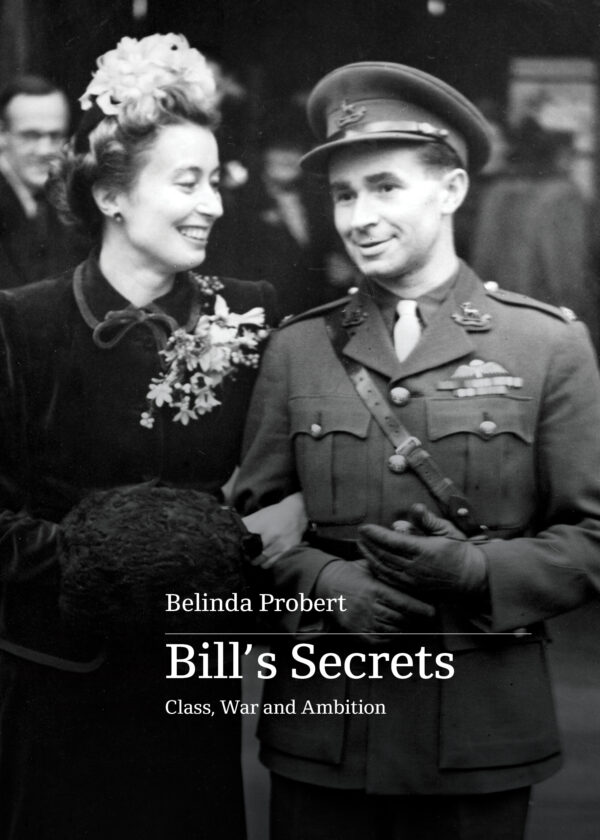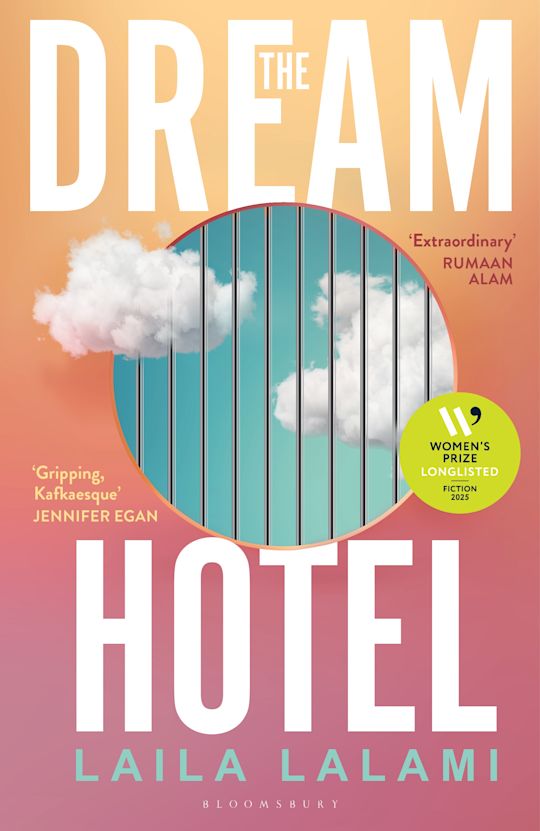Melbourne International Chamber Music Competition
I don’t watch the World Cup or even Wimbledon, so I may have some Australian gene missing. But by the time the string quartet winners were announced at the end of the Melbourne International Chamber Music Competition last week, I had become a fan, almost a barracker. I was rooting for the Eliot Quartet, whose Beethoven Opus 132 A minor quartet in the finals was extraordinary. When they came in second to the Goldmund Quartet (who were fine but never produced a sound as wonderful as that of Eliot’s first violin, Maryana Osipova), I was first indignant and then downcast that they didn’t pick my guys. That is not a reproach to the excellent jury led by Wilma Smith, but a comment on the oddness of chamber music as a spectator sport. The whole point of going to a football match is to be a partisan and shout out in joy or disappointment at the result. It’s the same with the MICMC, held every four years since 1991 as a competition for the best string quartets and piano trios of all nationalities whose members are under the age of thirty-five, and this year for the first time produced by Musica Viva. The difference with chamber music is that you probably don’t go in as a fan of a particular group, but rather become one in the course of the competition as it moves from heats to semi-finals to finals.
Going to a concert to hear a string quartet is an odd activity at the best of times. Chamber music was traditionally written to be played at home with friends, a conversation with each other rather than a performance for strangers; and the string quartet is the epitome of the intimate genre. (Jeffrey Tate once remarked: ‘The most perfect expression of human behaviour is a string quartet.’) So what is it doing in the concert hall? Can the quartet players still be talking to each other, once they are communicating with an audience as well? Are performance flourishes, like the dramatically raised bows at the end of a piece that have recently become popular with younger groups (including a few of the MICMC entrants), appropriate for the genre? Writing in The Australian of 9 July, Eamonn Kelly bemoaned the ‘onset of competition mode, whereby groups trade sincerity for showmanship’. I wouldn’t go that far, at least not about raised bows. Still, it’s hard to imagine an amateur quartet playing for the love of it at home ending with such a bravura flourish, and not just because when you’re playing in someone’s living room there usually isn’t enough space.
Continue reading for only $10 per month. Subscribe and gain full access to Australian Book Review. Already a subscriber? Sign in. If you need assistance, feel free to contact us.















Leave a comment
If you are an ABR subscriber, you will need to sign in to post a comment.
If you have forgotten your sign in details, or if you receive an error message when trying to submit your comment, please email your comment (and the name of the article to which it relates) to ABR Comments. We will review your comment and, subject to approval, we will post it under your name.
Please note that all comments must be approved by ABR and comply with our Terms & Conditions.